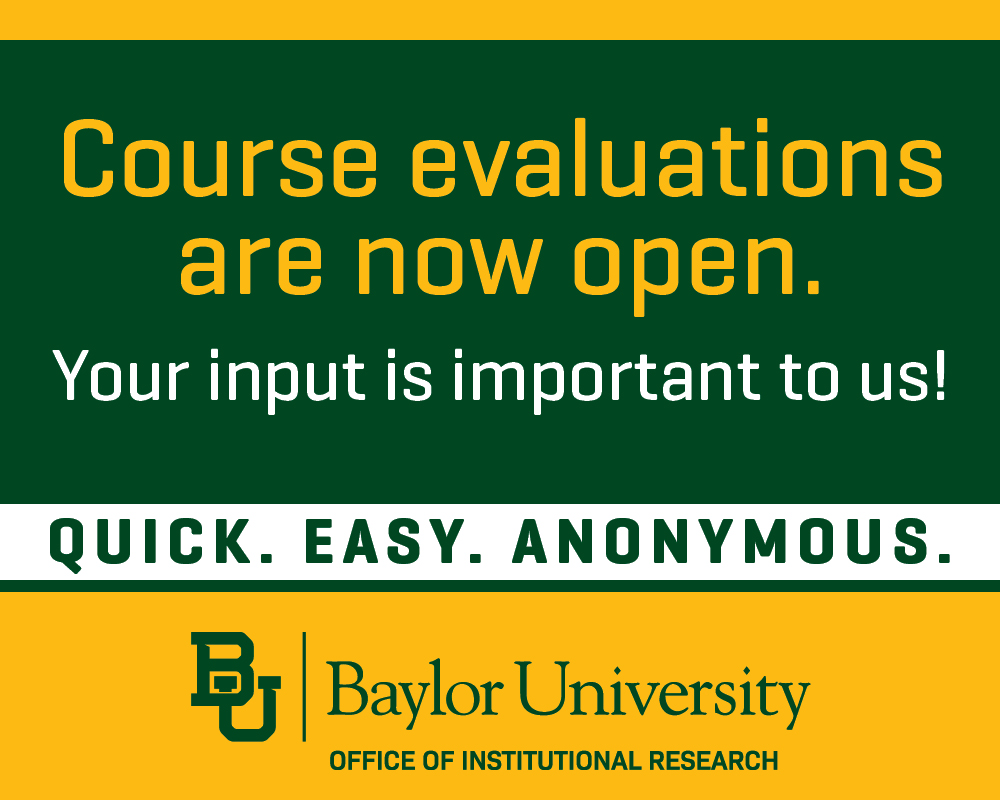The New York Times has recently come under fire for its endorsement of two presidential candidates, Sens. Amy Klobuchar and Elizabeth Warren. Those who are outraged claim that journalism has become too biased, but they need to realize the difference between staff desks.
The endorsements were not written by reporters. Rather, they were written by an editorial board which is made up of journalists who are paid, not to objectively cover the news, but to have opinions about it. The Times defines its board as follows:
“The New York Times editorial board is made up of opinion journalists who rely on research, debate and individual expertise to reach a shared view of important issues. The board does not speak for the newsroom or The Times as a whole.”
The New York Times’ reporters did not breach their code of ethics by interviewing and endorsing two candidates for president. Such actions would imply bias and discredit their past and future reporting. Opinion writers and editors are employed to inform the public on what they think, not what they know.
The editorial page editor, James Bennet, didn’t even take part in the exercise since his brother, Michael Bennet, is running for president. The Times and its editorial board take care to keep the processes of reporting the news and having opinions about it separate.
The paper has been endorsing candidates for well over a century, and its website has kept a running list of where those endorsements have landed. Out of the last 40 elections, the Times has only endorsed the losing candidate 13 times.
A newspaper’s job is to inform the public — plain and simple. That also means it has a duty to let its loyal readers know where the editorial board stands on one of the most important decisions a citizen can make. Then, the voter can make their own decision with that advice in mind.
It’s not an order. It’s not a mind control system. It’s the same as if one of your close friends, whose opinion you value, were to let you know which candidate they plan to vote for and why. The people on the editorial board are just generally more informed and plugged-in than your average joe.
Editorial boards have their own place in journalism. They are to inform readers with a balanced opinion and an open heart — a place that readers can look to when they are conflicted. The Times describes its editorial board as believing “the fearless exchange of information and ideas is the surest means of resisting tyranny and realizing human potential.”
It doesn’t mean people shouldn’t trust The Times’ news section or business section or tech section. They aren’t affected by anything the opinion desk publishes. Just sit back, relax and read the pieces and you’d normally read and believe the things you’d normally believe — but if you need help, an editorial board is a good place to start.






